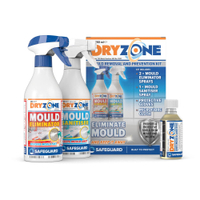What is pink mould and how can you get rid of it safely? Experts share advice
While you may not have even heard of pink mould, it's relatively common and important to know how to tackle it quickly
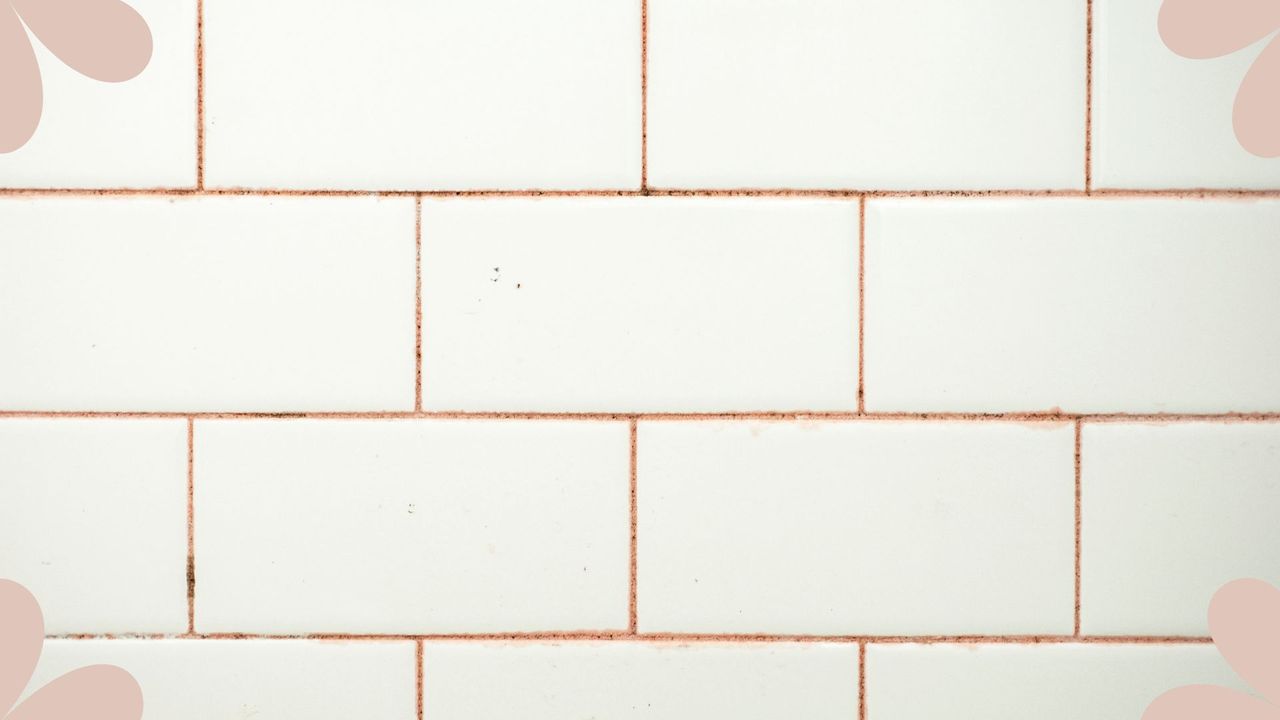

Have you ever spotted pink mould in your bathroom and wondered what it could be? Experts are here to explain and offer their advice on cleaning it off safely.
Knowing how to prevent mould in your home is extremely important not only for preventing damage but also for looking after your health. And with so many unexpected places mould could be hiding it's key to know what each type looks like and how to get rid of it effectively.
This is why we asked cleaning and home experts to explain pink mould, a specific type that is not well known but is more common than you may think and how to treat it safely.
What is pink mould in the bathroom and why does it appear?
Even when you know how to deep clean your bathroom and do so regularly, mould can still sneak up on you, whether that's on your grouting or painted walls. And while black mould is way too easy to spot, pink mould is less so. So what is the difference, and why does it appear?
"Pink mould is not actually a mould; it’s a type of bacteria called Serratia marcescens," explains Dr Jonathan Kirby, mould and damp expert at Dryzone. "It is very common in damp kitchens or bathrooms, especially around areas where lots of soap is used, such as around shower trays or washing machine drawers."
"While its spores are common in the home environment, pink mould only grows in areas with lots of moisture and fats/minerals (present in shampoos, soaps and fabric conditioners)," he adds.

Dr. Jonathan Kirby is a developmental chemist at Dryzone, Safeguard Europe. From pest control to masonry protection, he has dedicated himself to helping protect UK housing stock through the development of new and innovative materials. Jonathan is the go-to mould expert at Dryzone for tips on how to protect and preserve homes against mould.
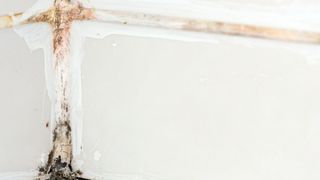
You will start to see the pink building up over time if left untreated
Unlike other moulds that you have to get out of fabric or stop from growing in your wardrobes, pink mould requires particularly damp conditions.
Sign up for the woman&home newsletter
Sign up to our free daily email for the latest royal and entertainment news, interesting opinion, expert advice on styling and beauty trends, and no-nonsense guides to the health and wellness questions you want answered.
"This bacteria thrives in wet, warm, and humid environments, similar to typical mould, and is usually found around the inner rim of the toilet bowl, at the bottom of the bath tub or shower or as a pink ring around the drain," explains Petya Holevich, cleaning expert at Fantastic Services'.

Petya is a professional house cleaner with over 5 years of dedicated time at Fantastic Services. Her journey with the company not only contributed to the maintenance and organisation of immaculately clean domestic spaces but has also put her at the forefront of training new teams.
Is pink mould harmful?
Mould on the whole is harmful, which is why so many experts recommend investing in one of the best dehumidifiers to try to prevent it from showing up at all. Pink mould is harmful to your health but not as bad as the fungus of black mould, thankfully.
"Pink mould can impact people’s health even though it’s not as harmful as black mould. It’s specifically dangerous for people with compromised immune systems. That’s why it's important to take steps to prevent it and eradicate it as quickly as possible if you notice it," explains Petya.
We'd recommend opting for specific dehumidifiers for bathrooms as they can be more effective and keep the mould spores away.
How to get rid of pink mould: expert tips
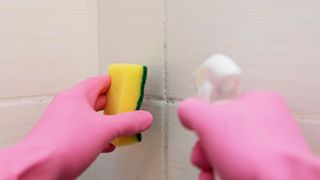
If you do have pink mould, then don't fret, it can be cleaned away safely with some elbow grease and household cleaning tools.
Petya recommends having the following:
- Nylon-bristle brush
- Spray bottle
- Small bowl
- Rubber gloves
- Mask
- Squeegee
- Towel
- Baking soda
- Dishwashing liquid
- Chlorine bleach
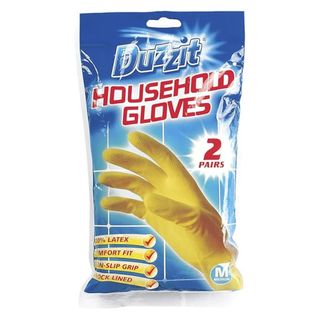
RRP: £1.99 | This pack of two rubber gloves comes in a size medium and is perfect for protecting your hands when tackling deep cleans with lots of products.
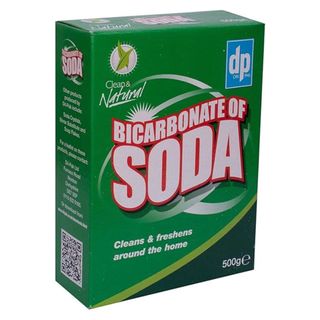
RRP: £2 | There are so many jobs you can use bicarbonate of soda for around your home, cleaning away pink mould is just one. It's a great deodoriser and stain remover too.
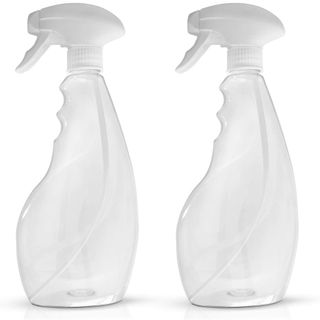
RRP: £5.99 | Empty spray bottles are perfect for holding your homemade cleaning solutions, and this pack of two offers fantastic value for money.
1. Create your cleaning solution
Before you tackle the mould or, in this case, bacteria, it's a good idea to prepare all your solutions and pastes. When cleaning with baking soda, making your pastes beforehand can save you a lot of time.
"Create a cleaning solution by mixing the baking soda and dishwashing liquid or an all-purpose cleaner in a small bowl. Keep in mind that the paste will be runny and, depending on how large the surface you need to clean is, you may need to make a double batch," advises Petya.
This is also the time you'll want to put on your protective gear like gloves, a mask and even goggles to protect yourself from the bacteria and chemicals.
2. Tackle your shower accessories
Whilst you might only see the mould on your grouting or tiles, cleaning your shower curtain to get rid of any mould and mildew is key.
"Even if you can't see pink growth on them, the bacteria that cause pink mould can grow on plastic and fabric surfaces. Put the washable curtains and liners in the washing machine and wash them in warm to hot water with your laundry detergent," explains Petya.
She then recommends drying the shower curtains outdoors if possible or on an airer. Petya does point out that if the mould problem is too severe, you'll need to completely replace the curtain and liner.
3. Scrub the affected areas
Now it's time to properly start scrubbing the areas where you've found the pink mould with the pre-made solution.
Petya says, "Dip your nylon-bristle scrub brush in the baking soda cleaning solution and scrub. Start at the highest point where the pink mould grows and work your way down."
Then ensure you rinse the area well with your shower head, or you can even try dipping a towel in water and wiping the surfaces.
4. Prepare your disinfecting solution
Although pink mould isn't as harmful as black mould, it can be just as difficult to get rid of. This is where expert cleaning hacks can come in handy and make the process much easier.
"Mix a solution made of equal parts warm water and chlorine bleach in a spray bottle and spray the freshly cleaned area liberally with it. Let the solution sit for around 10 to 15 minutes and then, use a clean scrubbing brush to clean over the surface one more time," recommends Petya.
Then it's just a matter of rinsing and drying the surface thoroughly to remove all the bleach. This is when you can make use of your squeegee or towel to remove the excess moisture.
FAQs
What does pink mould indicate?

If you find pink mould in your bathroom, it is not necessarily a sign that you're not cleaning your bathroom as often as you should be.
"Pink mould may indicate that you are wasting more soap than you are using - you should always try to avoid soap build-up in areas where you regularly use it," explains Dr Jonathan.
He also highlights that you can find pink mould in your washing machine drawer, and it's important not to forget about these smaller spots when you're keeping an eye out.
Dryzone Mould Removal and Prevention Kit: £33.99 at SafeGuard Europe
Why not both prevent the growth of pink mould and effectively remove it too? This mould kit from Dryzone can help you treat mould in any room and even comes with an anti-mould paint additive.
Should you find that you're still struggling with moisture in the bathroom, then there are some houseplants that can help with condensation. Whilst these won't completely fix the moisture issue, they can be a great natural way of helping.

Emily joined woman&home as a staff writer after finishing her MA in Magazine Journalism from City University in 2023. After writing various health and news content, she now specialises in lifestyle, covering unique cleaning hacks, gardening how-tos, and everything to help your houseplants thrive.
-
 Zara Tindall’s clever heel trick is an affordable wedding season saviour
Zara Tindall’s clever heel trick is an affordable wedding season saviourWearing high heels isn’t for the faint hearted but Zara Tindall’s clever trick is an inexpensive way to make wedding season that bit easier.
By Emma Shacklock Published
-
 The viral M&S suede loafers are finally back in stock in chocolate brown - they're super comfy so don't miss out
The viral M&S suede loafers are finally back in stock in chocolate brown - they're super comfy so don't miss outThis is not an April Fool - the £55 shoes are online now
By Caroline Parr Published
-
 'Meadowscaping' is the charming low-effort low-cost garden trend that attracts wildlife in abundance
'Meadowscaping' is the charming low-effort low-cost garden trend that attracts wildlife in abundanceTurn your garden into an endearing low-maintenance meadow with these expert tips and tricks
By Emily Smith Published
-
 Welcome Italy into your home with the Amalfi decor trend – think lemons, ceramic patterns and bold colours
Welcome Italy into your home with the Amalfi decor trend – think lemons, ceramic patterns and bold coloursDreaming of an Italian-style summer? The new Amalfi interiors trend will provide all the dreamy Mediterranean vibes you need
By Emily Smith Published
-
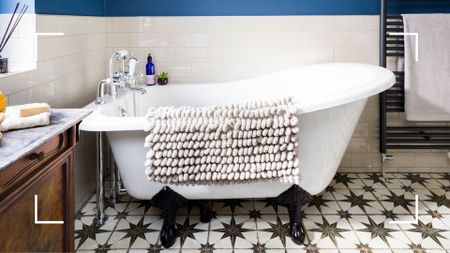 How often should you wash your bath mat? Cleaning experts share their advice
How often should you wash your bath mat? Cleaning experts share their adviceAre you cleaning your bath mat frequently enough? You might be surprised by the recommended regularity
By Emily Smith Published
-
 Mary Berry’s new Mediterranean-inspired kitchenware is a masterclass in timeless tablescaping
Mary Berry’s new Mediterranean-inspired kitchenware is a masterclass in timeless tablescapingWhat better way to celebrate Mary Berry's 90th birthday than serving her new tableware collection
By Emily Smith Published
-
 Kelly Hoppen shares her interior expertise to refresh homes accordingly now it's spring
Kelly Hoppen shares her interior expertise to refresh homes accordingly now it's springIt is time to say goodbye to the winter blankets and welcome the new season into your home
By Emily Smith Published
-
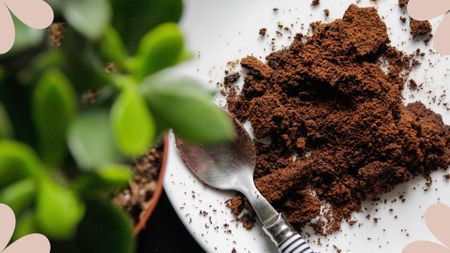 Are coffee grounds good for houseplants? Here's what horticulture experts say
Are coffee grounds good for houseplants? Here's what horticulture experts sayCould your morning caffeinated pick-me-up be as beneficial to your beloved indoor plants as it is in the garden?
By Emily Smith Published
-
 5 simple ways to reduce gardening costs this spring without sacrificing results
5 simple ways to reduce gardening costs this spring without sacrificing resultsLooking to cut costs this year? It's time to start making budget-friendly swaps in your garden, from solar power to home composting
By Emily Smith Published
-
 The best flowering houseplants to welcome a pop of uplifting colour
The best flowering houseplants to welcome a pop of uplifting colourLooking for houseplants with a little more colour? These flowering species are your solution and come in every colour you could want
By Emily Smith Published
